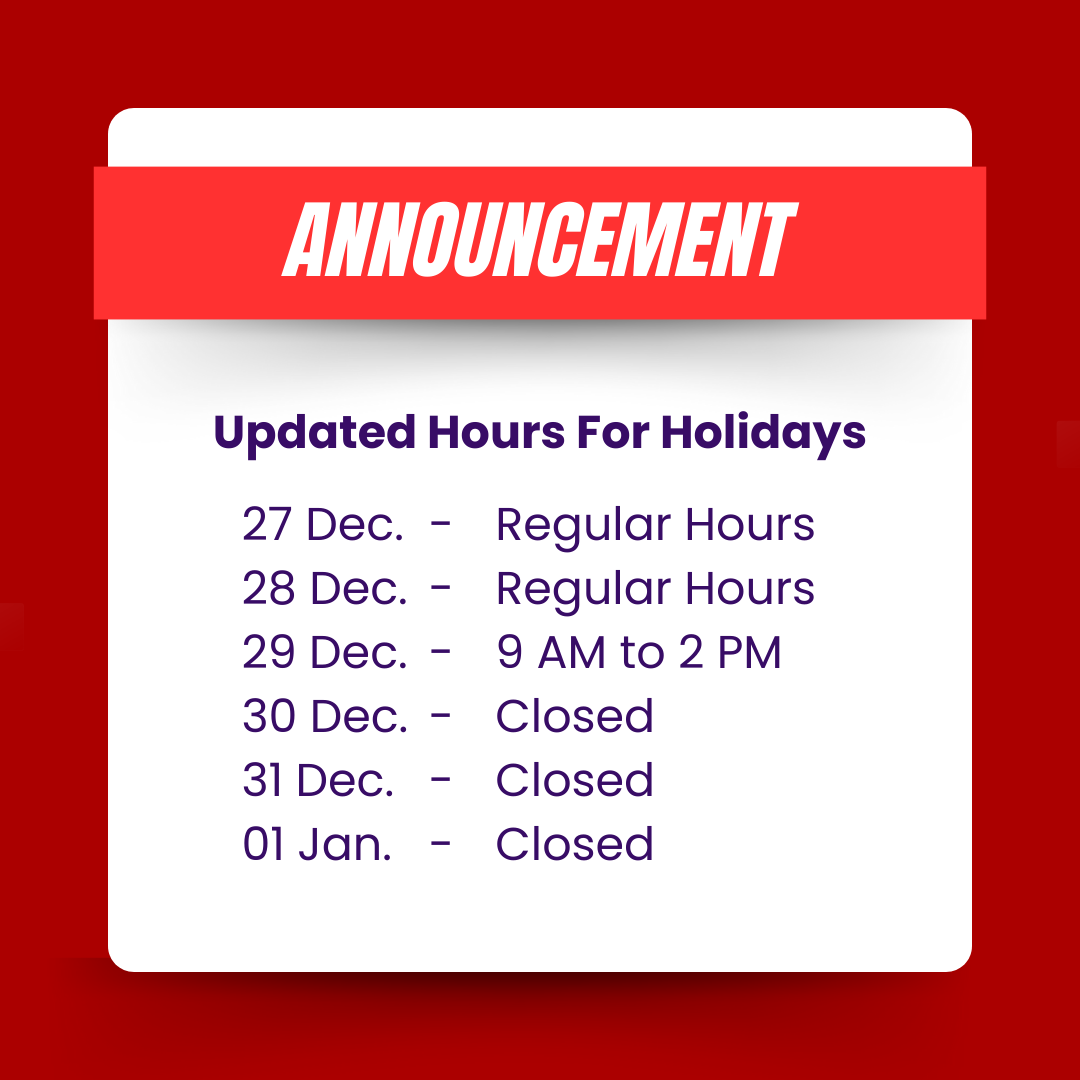In the world of insurance, speed and efficiency are paramount. When you need coverage quickly, an insurance binder becomes an invaluable tool. But what exactly is an insurance binder, and how can you use it effectively? In this guide, we’ll explore everything you need to know about insurance binders, from what they are to how to maximize their benefits.
Understanding Insurance Binders
Before diving into the specifics of using an insurance binder effectively, it’s essential to understand what it is. An insurance binder is a temporary document issued by an insurance company that provides proof of insurance coverage until a formal policy is issued. It serves as a temporary agreement between the insured and the insurer, outlining the terms and conditions of coverage.
When to Use an Insurance Binder
There are several scenarios in which using an insurance binder can be advantageous. One common situation is when purchasing a new insurance policy. Instead of waiting for the formal policy documents to be processed, an insurance binder can provide immediate coverage, allowing you to meet contractual or legal requirements without delay.
Additionally, insurance binders can be useful when renewing or making changes to an existing policy, providing temporary coverage while details are finalized.
Benefits of Using an Insurance Binder
The primary benefit of using an insurance binder is the ability to obtain immediate coverage. Whether you’re purchasing a new policy or making changes to an existing one, having a binder in hand ensures that you’re protected from potential risks right away. This can be especially crucial in situations where time is of the essence, such as when closing on a home or starting a new business venture.
Key Components of an Insurance Binder
To use an insurance binder effectively, it’s essential to understand its key components. Typically, an insurance binder will include details such as the insured’s name and address, the effective date and time of coverage, a description of the property or risk being insured, the policy limits and deductibles, and any special conditions or endorsements. Reviewing these details carefully ensures that you have a clear understanding of your coverage and obligations.
How to Obtain an Insurance Binder
Obtaining an insurance binder is a relatively straightforward process. In most cases, you’ll need to contact your insurance agent or broker and provide them with the necessary information regarding the coverage you need.
This may include details about the property or risk to be insured, as well as any specific requirements or endorsements you require. Once the binder is issued, it’s important to review it carefully to ensure that all information is accurate and complete.
Using an Insurance Binder for Property Coverage
One common use of insurance binders is for property coverage, such as homeowners or renters insurance. When purchasing a new home or renting a property, having an insurance binder in place can provide peace of mind knowing that your investment is protected from potential risks such as fire, theft, or liability claims. Additionally, using an insurance binder for property coverage can be beneficial when securing financing or meeting contractual obligations.
Using an Insurance Binder for Auto Coverage
In addition to property coverage, insurance binders can also be used for auto insurance. Whether you’re purchasing a new vehicle or adding coverage to an existing policy, having a binder in place ensures that you’re legally protected while on the road. This can be especially important in situations where immediate coverage is needed, such as when purchasing a car or leasing a vehicle.
Maximizing the Benefits of an Insurance Binder
To make the most of your insurance binder, it’s essential to keep a few key tips in mind. First, always review the binder carefully to ensure that all details are accurate and complete. This includes verifying the coverage limits, deductibles, and any special conditions or endorsements.
Additionally, be sure to follow up with your insurance agent or broker to ensure that a formal policy is issued in a timely manner. Finally, make sure to keep a copy of the binder for your records and provide any necessary documentation to relevant parties, such as lenders or landlords.
Conclusion
In conclusion, an insurance binder can be a valuable tool for obtaining temporary coverage quickly and efficiently. Whether you’re purchasing a new insurance policy or making changes to an existing one, having a binder in place ensures that you’re protected from potential risks right away.
By understanding the key components of an insurance binder and following the tips outlined in this guide, you can use this valuable resource to its fullest potential and safeguard your assets with confidence.







